What do you think about warrior vs survivor vs thriver? This is the question I presented on social media to the cancer community, and the response was massive and diverse. These three little words are commonly used by cancer patients themselves, as well as others, to describe a cancer patient and can invoke a wide range of emotions.
Let’s start with the word warrior. As I write this there is a news story on the TV talking about a child fighting cancer, and what a warrior they have been through their cancer journey. The language used would make some cringe, while others embrace it. Some cancer patients are against using battle words, but for some, it makes them feel powerful. Despite that difference, over and over again cancer patients said they do not like it when someone passes and it is said that they “lost their battle” with cancer. This phrase implies that the patient didn’t try hard enough or they were a failure. Please, if you have a loved one who passes from cancer, there is no need to embellish the fact that they died. It’s okay to say they passed from cancer.
The word survivor appears positive and is probably the most commonly used descriptor of someone who is not in active treatment, but for those that know better, it’s not that simple. First, there are some cancers that have such a high recurrence rate that the patient is never considered in remission by many in the medical field. Instead, the term No Evidence of Disease (NED) has been adopted to say that the patient does not currently show signs of having cancer. Then there are those who are living with metastatic cancer, or cancer that has spread. These people may never actually survive cancer, and therefore may not feel like survivor is accurate for them.
Thriver is not as commonly used to describe cancer patients and I found many do not relate to it. For some it is because they are either currently undergoing treatment, or because the ongoing effects of their cancer are limiting their ability to thrive. Suggesting a cancer patient should thrive may be thought of as exhausting, or unachievable.
Just as we go from calling newborns babies, then kids, then teens, the labels cancer patients may use in reference may change depending upon their mood, situation, or where they are at in the process. The emotions that a patient goes through is a roller coaster, with many twists and turns in addition to the hills and valleys. I encourage friends and family to be understanding of that, and if you can, ride the roller coaster with us. Listen, pick up on what terms we use, and go with that when you offer your support. The words we use indicate our current mindset. No matter what you call us, we do know you care, and that’s what matters most. Ultimately, many in the cancer community would prefer we do away with these media terms and simply call it like it is. This might mean saying someone has had cancer, is a cancer patient, or is living with cancer.
You may be wondering how I feel about these terms, since I asked the question. I have often said, “Cancer does not define me, but I have allowed it to shape me.” Admittedly, when I was going through cancer treatment I was inspired by the tune, “Fight Song.” Now, I don’t relate to the battle words, and warrior in particular. This is because, frankly, I don’t think of myself as special. I happened to have been diagnosed with cancer, and I got through it the best I could. (See the roller coaster here.) I do use the word survivor, in context, as a short cut. For example, when talking with someone who doesn’t know I’ve had cancer, saying I’m a cancer survivor takes less time than saying that I had cancer and I’m still on medications, but I’m currently considered no evidence of disease. Thriver, I feel is a positive term, which I do like and not only for those affected by cancer. It doesn’t mean I don’t struggle with on-going side effects, or have concerns about recurrence. Rather, for me, thriver means that I am doing my best to live well. I’m thriving within the scope of my current situation. Or, perhaps, I should change that to striver. Each day I strive to fuel myself with nourishing food, I strive for fulfilling relationships, I strive for work/rest balance, and I strive for quality sleep and regular exercise.
Ultimately, all those who contributed want their caregivers and loved ones to relate to them as who they are, independent of cancer. They just want to be themselves. The BEST thing that came out of this social media conversation, for me, was that while some had very strong opinions, everyone was respectful of each other. It was a thread with different people, from various countries, with the commonality of cancer. While it is a club that nobody wants to be a part of, what I found by simply asking a question, was a caring community.

Whether you are a cancer patient or a caregiver, there is much to learn from each other, and even with cancer, you can have fun while doing so. Thanks, Cancer! is a podcast of two friends sharing stories and ideas about cancer. Their episode from May 19, 2018, Cancer Semantics: What Do We Call Ourselves, offers more thoughts on this topic.
I want to thank everyone in the Twitter cancer community who shared themselves, thoughts and hearts with me. There are too many to list, and I may not have responded to every comment, but I promise you I read them all and my heart is filled with your support.
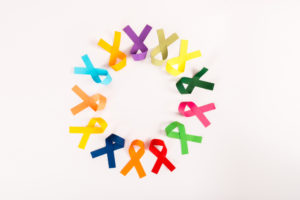






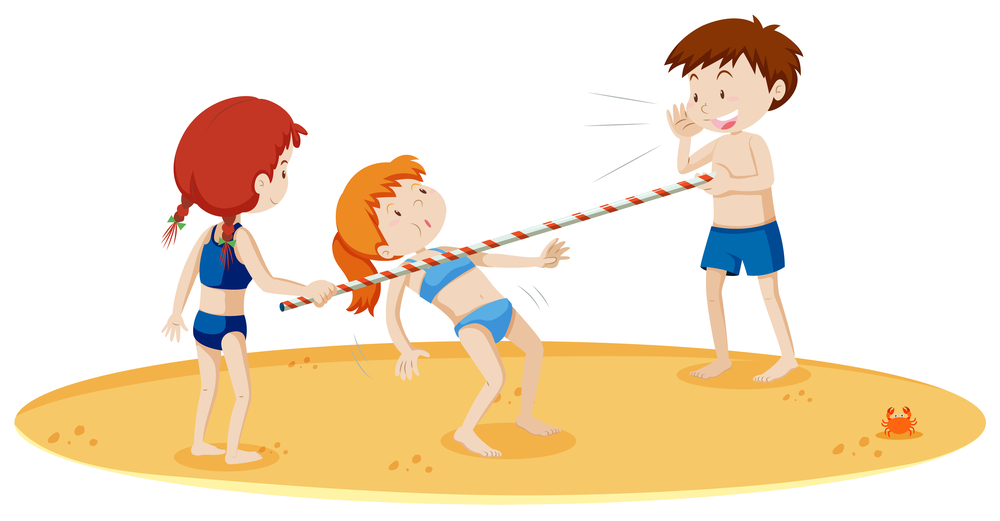








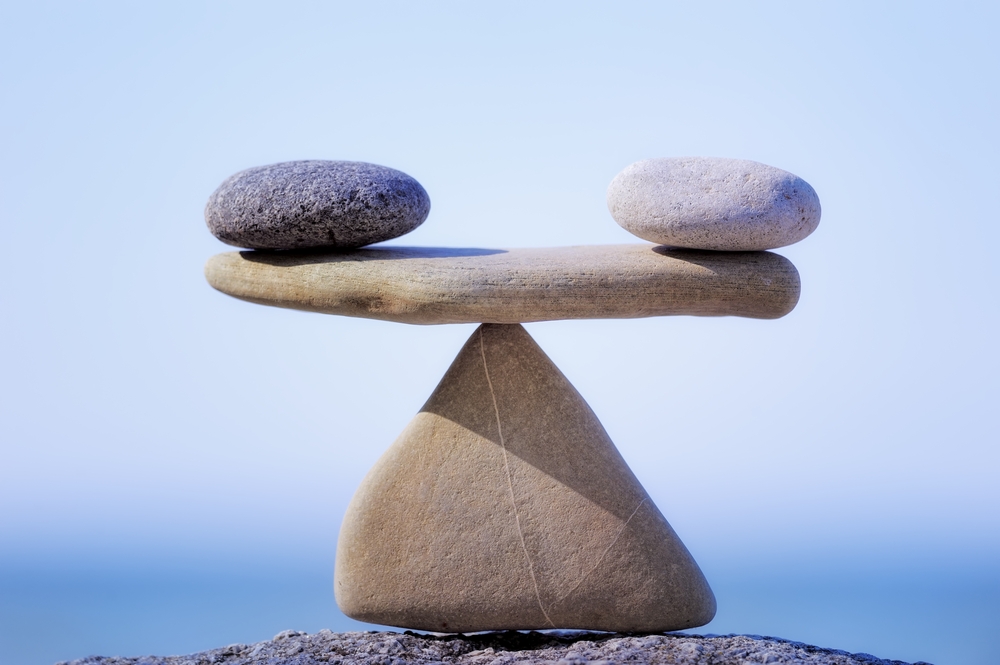






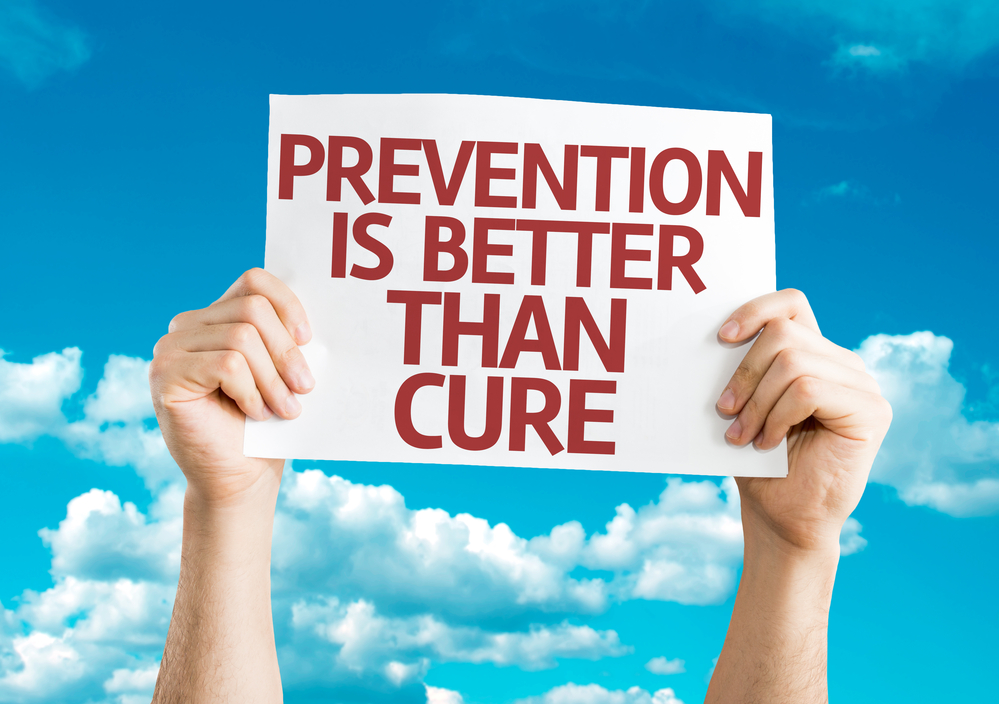



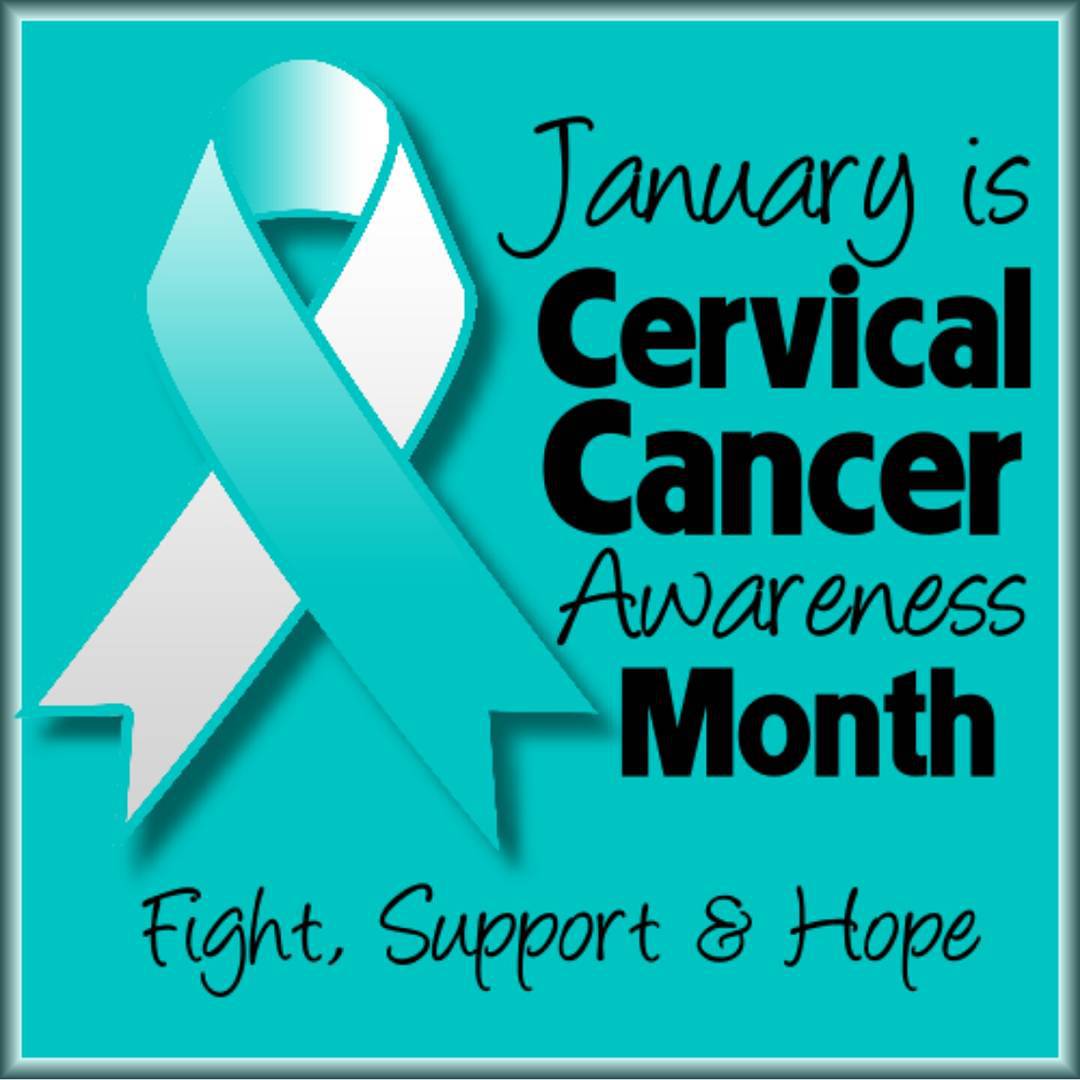

You must be logged in to post a comment.